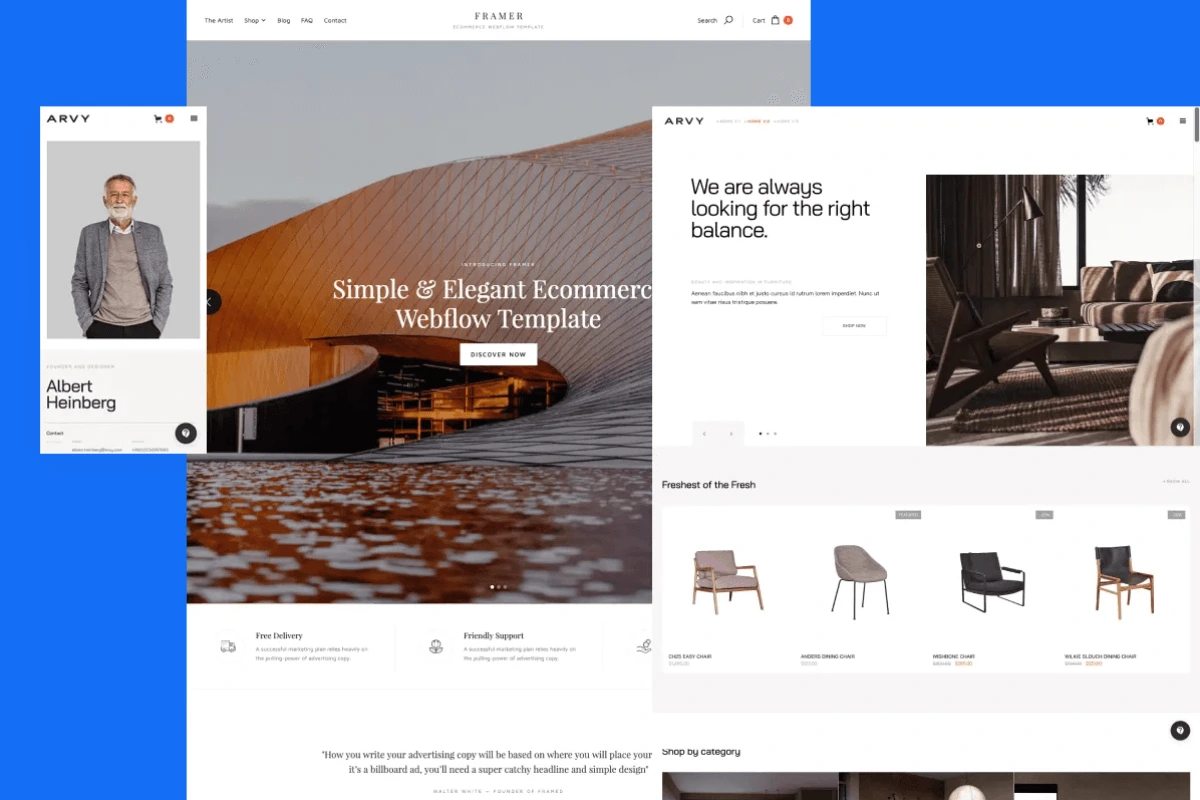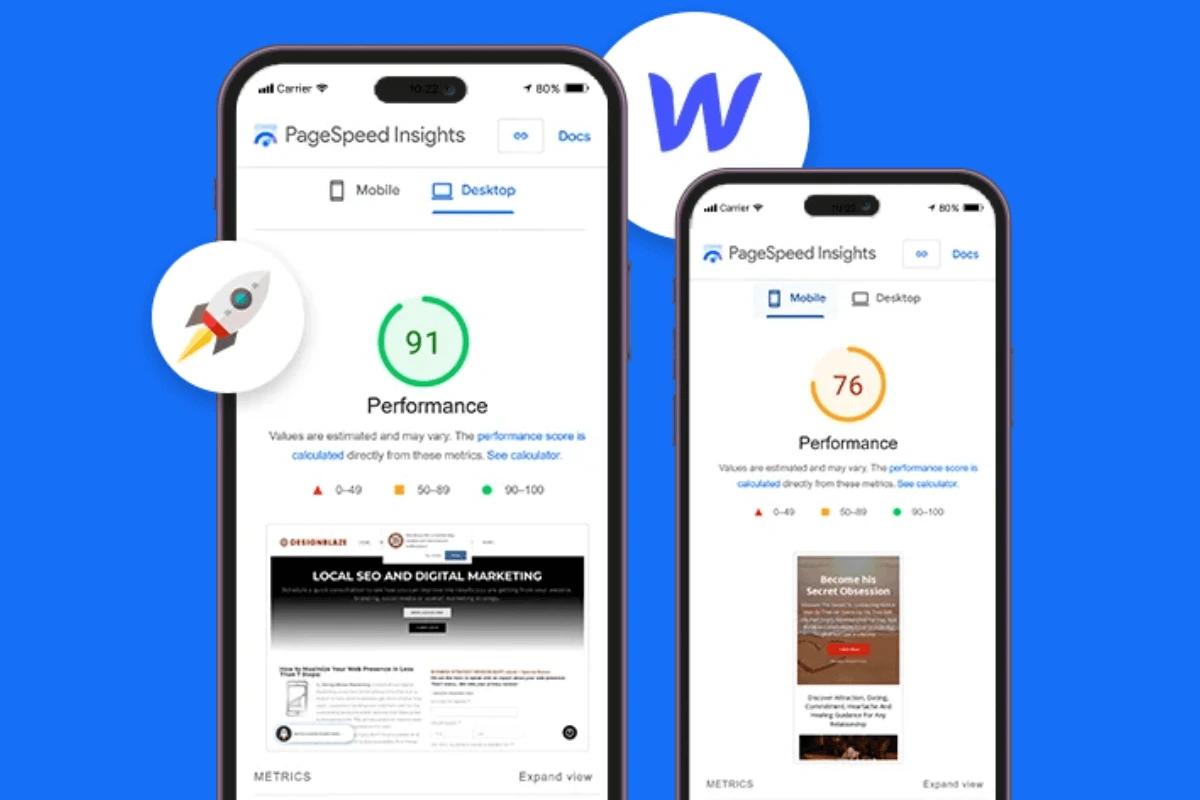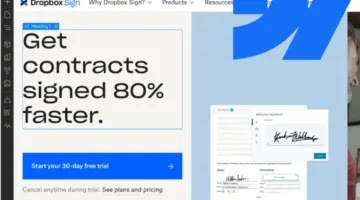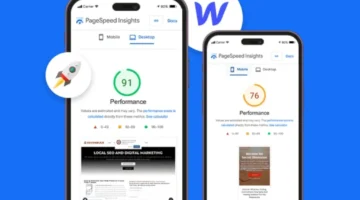Photo by Team TGM
Still wondering if Webflow can compete with WordPress for SEO?
You’re not alone. Many believe no-code platforms can’t match traditional CMS capabilities for search rankings.
This comprehensive 2025 guide proves otherwise with updated Webflow features, AI-powered optimization tools, and real performance data. Unlike basic setup tutorials, you’ll discover advanced strategies including AI search optimization, new SEO integrations, and proven tactics that help Webflow sites outrank WordPress competitors.
Get ready to transform your site’s search performance.
Table of Content:
Is Webflow Good for SEO in 2025?
Absolutely. Webflow has evolved into a powerful SEO platform that often outperforms traditional CMS solutions. Here’s the data that proves it:
Real Performance Results
- Webflow sites now rank faster than WordPress sites due to clean code and superior hosting
- AI search signups grew 4x in six months for companies using Webflow’s SEO tools
- Webflow’s Core Web Vitals scores consistently outperform WordPress sites
Also read: Webflow vs WordPress – Which one Should you choose in 2025?
Why Webflow Dominates SEO in 2025
Unlike WordPress, Webflow SEO doesn’t require plugins that slow down your site. Every SEO feature is built-in, optimized, and ready to use:
- Clean, Semantic Code: Webflow generates perfect HTML5 without bloat
- Superior Hosting: AWS-powered infrastructure with global CDN
- Mobile-First Design: Responsive by default, not an afterthought
- Built-in Performance: No plugin conflicts or compatibility issues
Webflow’s Built-in SEO Advantages
2025 SEO Features That Set Webflow Apart
- AI-Powered Content Optimization Webflow’s new AI Assistant helps generate and optimize content with one click, making SEO content creation faster and more effective.
- Advanced Schema Markup Add schema markup so your content can be easily understood and represented in search engines – no coding required.
- Dynamic Meta Tags Automatically define meta titles and descriptions using fields in your CMS Collections for scalable SEO.
- Instant 301 Redirects Migrate and update your site URLs without fear by quickly creating and publishing 301 redirects – no developer needed.
Essential On-Page SEO Settings in Webflow
Step 1: Optimize Meta Tags
Access your Webflow SEO settings through:
- Navigate to Pages Panel Page Settings
- Scroll to SEO Settings
- Add compelling title and description
Pro Tips:
- Keep titles under 60 characters for full display
- Include target keywords naturally
- Write descriptions that encourage clicks (150-160 characters)
Step 2: Perfect Your URL Structure
SEO-friendly URLs help search engines understand your content better
Best Practices:
- Use hyphens, not underscores: /webflow-seo-guide
- Include target keywords: /seo-optimization-tips
- Keep URLs short and descriptive
Step 3: Optimize Images for SEO
Optimized images lower load times and improve user experience—both influential ranking signals
Image SEO Checklist:
- Add descriptive alt text: “Webflow SEO settings panel screenshot”
- Use keyword-rich file names before uploading
- Compress images under 180KB
- Use AVIF format – reduces file size by up to 95% without quality loss
Step 4: Structure Content with Headers
Use proper heading hierarchy (H1, H2, H3) to help search engines understand your content structure. Webflow alerts you when you skip heading levels.
Advanced Webflow SEO Features for 2025
Dynamic CMS SEO
For blogs and portfolios, Webflow CMS SEO automates optimization:
Template-Level SEO:
- Use dynamic fields like {{title}} in meta tags
- Set up automatic schema markup
- Configure Open Graph for social sharing
Example Setup:
Meta Title: {{name}} | Blog | Your Company
Meta Description: {{summary}}
Schema Markup Implementation
Add structured data using JSON-LD to help search engines understand your content
Easy Schema Setup:
- Go to Project Settings Custom Code
- Add JSON-LD in the head section
- Use dynamic fields for scalable implementation
Example Schema Code for Blog Posts:
script type=”application/ld+json” { “@context”: “https://schema.org”, “@type”: “BlogPosting”, “headline”: “Complete Webflow SEO Guide”, “author”: { “@type”: “Person”, “name”: “Your Name” }, “publisher”: { “@type”: “Organization”, “name”: “Your Company”, “logo”: { “@type”: “ImageObject”, “url”: “https://yourdomain.com/logo.png” } }, “datePublished”: “2025-01-01”, “dateModified”: “2025-01-01”, “description”: “Complete guide to Webflow SEO optimization for 2025” } /script |
AI Search Optimization
Optimizing for AI search unlocks higher visibility in 2025
AI-Friendly Content Tips:
- Answer questions directly in your content
- Use clear, scannable formatting
- Include relevant keywords naturally
- Structure content for featured snippets
Technical SEO Performance Optimization
Core Web Vitals Optimization
If your page takes more than three seconds to load, most visitors are already gone
Performance Optimization:
- Enable lazy loading for images below the fold
- Use Webflow’s built-in image compression
- Minimize heavy animations and Lottie files
- Leverage Webflow’s global CDN for faster delivery
Mobile-First Design At least 60% of visitors use mobile devices as their main point of entry
Mobile SEO Checklist:
- Test on real devices, not just emulators
- Ensure tap targets are properly sized
- Optimize images for mobile viewing
- Use responsive typography
Technical SEO Fundamentals
Automatic Sitemap Generation: Webflow auto-generates XML sitemaps with options to exclude select pages
SSL Security: Built-in SSL certificates and DDoS protection
Clean Code: Webflow generates clean, efficient HTML for effective crawling and indexing
2025 SEO Tools Integrations
Essential SEO Tools for Webflow
Google Search Console (Free)
- Monitor indexing status
- Track keyword performance
- Identify technical issues
Semflow ($15/month) Specifically designed for Webflow with SEO audits and keyword tracking
FluidSEO (Premium) Automates schema creation and helps manage SEO data effectively
SEMrush/Ahrefs (Professional) Comprehensive SEO platforms for keyword research and competitor analysis
Setting Up Analytics
Google Analytics 4:
- Go to Project Settings Custom Code
- Add GA4 tracking code in head section
- Configure goals and conversions
GA4 Tracking Code Example:
!– Google tag (gtag.js) — script async src=”https://www.googletagmanager.com/gtag/js?id=GA_TRACKING_ID”/script script window.dataLayer = window.dataLayer || []; function gtag(){dataLayer.push(arguments);} gtag(‘js’, new Date()); gtag(‘config’, ‘GA_TRACKING_ID’); /script |
Hreflang Tags for International Sites:
link rel=”alternate” hreflang=”en” href=”https://example.com/en/” / link rel=”alternate” hreflang=”es” href=”https://example.com/es/” / link rel=”alternate” hreflang=”fr” href=”https://example.com/fr/” / link rel=”alternate” hreflang=”x-default” href=”https://example.com/” / |
Search Console Integration:
- Verify domain ownership
- Submit sitemap URL
- Monitor performance regularly
Common Webflow SEO Mistakes to Avoid
Critical Errors That Hurt Rankings
- Multiple H1 Tags: Use only one H1 per page
- Missing Alt Text: Alt text improves accessibility and helps images rank
- Slow Loading Images: Compress before uploading
- Ignoring Mobile UX: Test on actual devices
- Poor URL Structure: Use descriptive, keyword-rich URLs
- Duplicate Content: Ensure unique content across pages
Performance Killers
Oversized assets and excessive scripts often slow sites down
Avoid These:
- Uncompressed images over 2MB
- Too many third-party embeds
- Excessive Lottie animations
- Multiple font families
Measuring SEO Success with Webflow
Key Metrics to Track
Core Web Vitals:
- First Contentful Paint (FCP): How quickly visible content renders
- Largest Contentful Paint (LCP): Time for largest content to load
- Cumulative Layout Shift (CLS): Unexpected layout shifts
SEO Performance:
- Organic traffic growth
- Keyword rankings
- Click-through rates
- Bounce rates
Monitoring Tools
Google PageSpeed Insights: Analyzes site performance and provides improvement suggestions
Webflow Analytics: Real-time, actionable insights directly in your Webflow dashboard
Your 2025 Webflow SEO Action Plan
Phase 1: Foundation (Week 1)
- Optimize all meta tags and descriptions
- Add alt text to all images
- Set up proper URL structure
- Install Google Analytics and Search Console
Phase 2: Content Technical (Week 2-3)
- Implement schema markup
- Optimize page speed and Core Web Vitals
- Set up 301 redirects for old URLs
- Create content with AI search optimization
Phase 3: Advanced Monitoring (Week 4+)
- Use Webflow’s AI Assistant for content optimization
- Set up advanced SEO tools (Semflow, FluidSEO)
- Monitor performance and adjust strategy
- Scale with dynamic CMS SEO
The Bottom Line
Webflow gives you everything you need to do SEO the right way — without needing dozens of plugins. From meta titles to sitemap submission and speed optimization, it’s all built into the platform.
If you follow the steps above, your Webflow site will not only look great but also perform well on Google.
So don’t just build — optimize!
-
Yes. Webflow generates clean code and gives you full control over SEO settings without needing third-party plugins.









